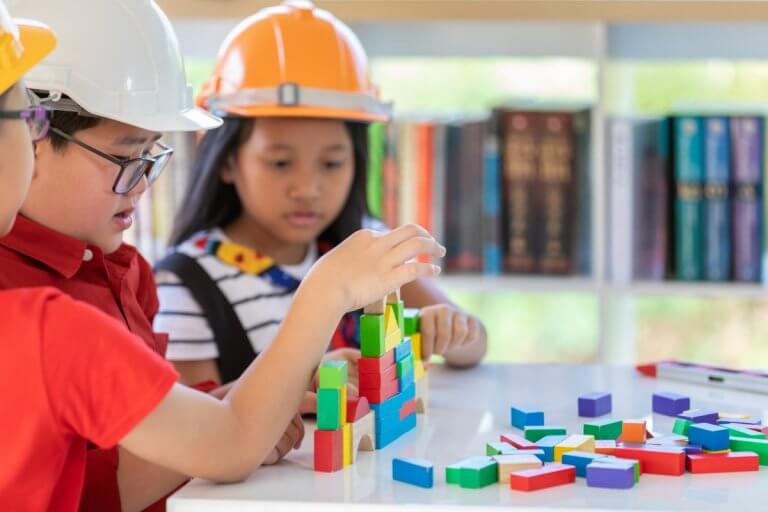
In one Hong Kong primary school, children as young as 9 have the opportunity to learn about architecture, urban design and planning.
It was made possible by the organisation Architecture for Children, where Hong Kong architect and founder of the design firm Avoid Obvious Architects has been teaching architecture and design skills to schoolchildren for the past 15 years.
Children learn how to rationalise and make decisions based on new information they didn’t have before.
As Chan explained,”We had a group of students decide to build a hotel at the top of the hill near the school, connected by a tram, because the location afforded excellent views. That’s good reasoning. But the next week, they realised that construction would be difficult, and decided to raze the hill!
“And I told them: “Wait, you had agreed last week that the hill was good for the hotel.” So it’s about teaching the students how to rationalise the process and to keep progressing from your original thinking to taking the next step. Even if these students don’t end up going into the design field, these thinking skills are very important. “
Plus, children get to learn how to draw and hone their mechanical skills, which Chan feels students don’t do enough of these days.
He explained, “The students also learn how to draw as a form of expression. Nowadays, we’re surrounded by iPhones and iPads, but some students lack even simple mechanical skills. I think it’s very important to teach handicraft as a way to solve a technological problem.”
The students also get to build and make models. As one of their projects, Chan had his students study colourful zoning maps of their neighbours, then divided them into teams.
Each team had to pick a site to redevelop, and had group sessions where they drew and discussed planning.
Then, they went on to build cardboard models of their proposals, such as refurbishing an old factory building into a space science lab and building an eco-hotel atop a former quarry.

One of Chan’s students at Kwun Tong Government Primary School (Sau Ming Road) in Hong Kong working on a model. Source: Mary Hui
Learning about urban planning at a young age also teaches kids about sustainability. Even though they might be familiar with the term, they may not fully grasp it until they’re faced with real-world scenarios.
These classes taught by Chan are a great example of how schools can be innovative when it comes to teaching important skills, through creative forms like art and design.
Liked this? Then you’ll love…
Is arts integration in schools all it’s cracked up to be?
The influence of interdisciplinary arts in today’s interconnected world








